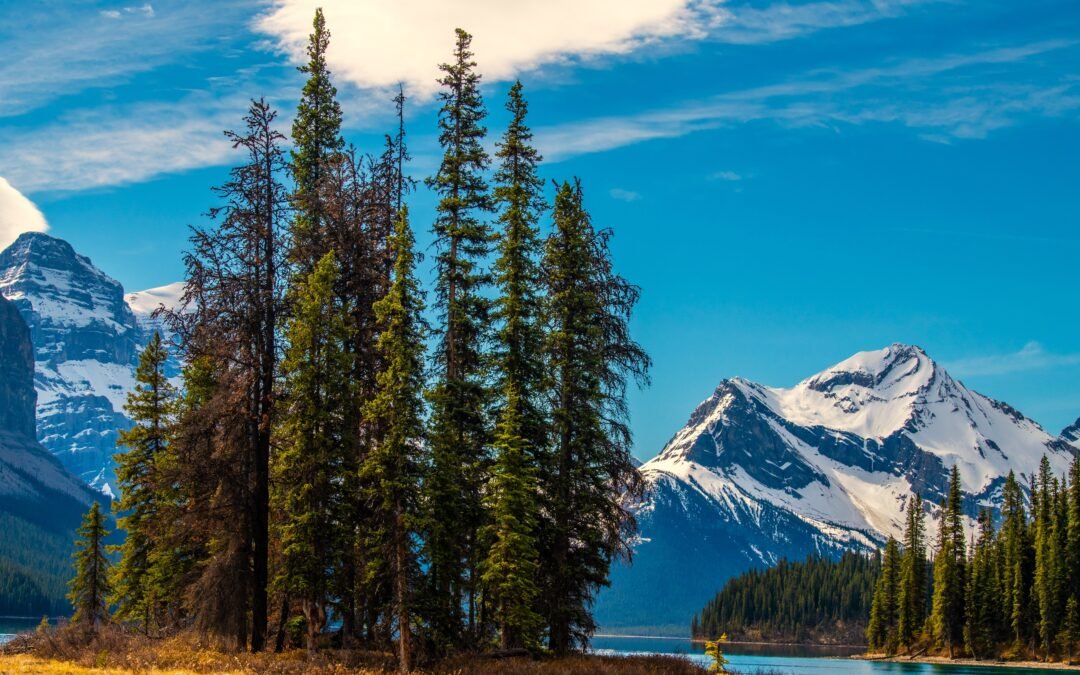The world holds many fascinating underwater phenomena for visitors to experience, and a few are extra distinctive than others. Deep beneath the icy waters of the Canadian Beaufort Sea lies a exceptional panorama that challenges the whole lot scientists thought they knew concerning the Arctic atmosphere.
This dynamic seabed, that includes craters as massive as metropolis blocks and mysterious ice formations, represents one of the important discoveries in Arctic marine analysis. This may be a good reason to visit for travelers who wonder about going to the Canadian high Arctic.
Think about a hidden metropolis beneath the Arctic waves, the place large ice buildings rise from the seafloor and crater-filled landscapes stretch so far as the attention can see. This is not science fiction – scientists found this “metropolis” throughout a groundbreaking 12-year expedition.
The underwater realm, with its consistently shifting ice formations and evolving terrain, presents a glimpse into considered one of Earth’s most mysterious and dynamic environments, which continues to shock even probably the most seasoned Arctic researchers.

Associated
Canada’s Arctic Watch Wilderness Lodge Is One Of The Most Remote In The World (& Here’s Why You Should Visit)
The Arctic Watch Wilderness Lodge is the northernmost fly-in lodge and is among the finest eco-places to discover the Arctic area.
There’s A Dynamic Underwater World Beneath The Canadian Beaufort Sea’s Floor
Huge craters and lumps reshape the Arctic seafloor panorama of Canada’s Beaufort Sea
Some would rely the Arctic area as one other considered one of Canada’s most beautiful ecotourism destinations. The Canadian Beaufort Sea’s seafloor presents an ever-changing underwater terrain that defies earlier assumptions about Arctic environments.
Since 2010, scientists have documented 65 newly formed craters, with the most important spanning the scale of a metropolis block containing six-story buildings. These formations aren’t static – they’re a part of an lively system the place ice-filled mounds rise and collapse, making a consistently evolving submarine panorama that displays the dynamic nature of this distant Arctic area.
The Ice Formation Course of
Historical permafrost meets trendy freezing situations to create distinctive ice buildings
At an ambient temperature of -1.4°C (29.5°F), the seafloor hosts a exceptional cycle of melting and refreezing. When deeper layers of historic submarine permafrost soften, they create brackish groundwater that rises towards the floor. As this water approaches the frigid seafloor, it refreezes, forming new ice layers.
This course of, beforehand unknown to scientists, demonstrates how the Arctic seabed maintains its dynamic nature by steady transformation. Regardless of the low temperatures, this space is much from Earth’s coldest places with the lowest temperatures ever recorded.

Associated
These Are The 10 Largest Islands Of Canada’s High Arctic Archipelago
The Arctic Archipelago has three of the ten largest islands on the planet, and is among the most excessive locations few ever get to see.
New Scientific Discoveries
Superior underwater expertise reveals beforehand unknown seafloor mechanisms
MBARI’s cutting-edge autonomous underwater autos (AUVs) and MiniROV expertise have revolutionized Arctic seafloor exploration. These instruments allow researchers to conduct detailed mapping surveys and acquire exact samples from beforehand inaccessible areas.
Via isotopic evaluation of ice formations and surrounding seafloor sediments, scientists confirmed that the underwater panorama is actively forming and decomposing somewhat than remaining frozen in time, as beforehand believed.
Lengthy-Time period Environmental Significance & Marine Biodiversity
Understanding the fragile steadiness of the Arctic marine ecosystem
Traveling the world means understanding the need to be environment-friendly, and that is equally true for the Canadian Arctic seabed. The invention of this dynamic seabed atmosphere has profound implications for Arctic ecology.
These findings recommend that permafrost could exist under more of the Arctic shelf than anticipated, influencing the whole lot from marine life habitats to carbon storage. The continual cycle of freezing and thawing creates distinctive microenvironments that would assist specialised ecosystems, making this space essential for understanding Arctic biodiversity.

Associated
Ellesmere Island: How To Visit Canada’s Massive, But Forgotten Arctic Island
Ellesmere Island is an island few ever get to see and is the journey of a lifetime to go to.
How This Analysis Impacts Conservation
These findings could change Arctic infrastructure planning
the Dr. Neil Trivett International Environment Watch Observatory, Alert, Nunavut, Canada
These discoveries have important implications for future Arctic improvement and infrastructure planning. The dynamic nature of the seafloor challenges conventional approaches to underwater development and useful resource administration.
This new understanding requires policymakers and engineers to reassess their methods for any planned Arctic underwater infrastructure, from communication cables to analysis stations.




Recent Comments